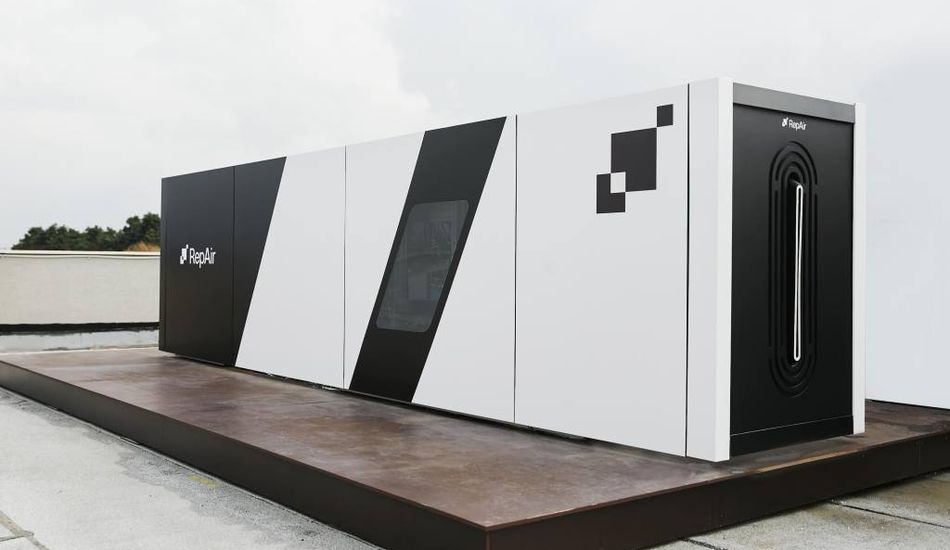
RepAir Carbon: Battery-Inspired Tech for Affordable Carbon Capture
The field of direct air capture (DAC) is rapidly evolving, with innovations promising to make carbon removal more accessible. RepAir Carbon, an innovative startup, is developing a technology inspired by batteries to significantly reduce the cost of capturing CO2 directly from the atmosphere.
The Challenge of Carbon Capture Costs
Currently, DAC technologies can be quite expensive. While large corporations like Microsoft are willing to invest in these technologies to meet their sustainability goals, the high costs remain a barrier for smaller companies. RepAir Carbon aims to overcome this hurdle with its novel approach, potentially bringing the cost down to $70-$80 per metric ton of carbon removed. This would be a substantial improvement compared to the $600 per metric ton that experts estimate is the cost of other methods.
RepAir's Innovative Approach
RepAir's technology uses electricity to capture carbon in a way that's fundamentally different from many existing methods. Instead of relying on solvents that require energy-intensive heating for CO2 release, RepAir's system uses electricity to drive the chemical reaction. According to co-founder and CEO Amir Shiner, their device functions like a fuel cell but operates more like a battery.
The RepAir device consists of two electrodes separated by a membrane. As air or flue gas enters the reaction chamber, it encounters a nickel-based electrode with an electric current. Hydroxide ions attract carbon dioxide, converting it into carbonate and bicarbonate ions. These negatively charged ions then pass through the separator, drawn to the positively charged electrode. When they reach the positive electrode, they revert back to CO2 and hydroxide. The CO2 is then extracted for storage, while the hydroxide accumulates until the reactor is reversed, repeating the process in the opposite direction.
Reversibility: A Key Advantage
One of the critical advantages of RepAir's technology is its reversibility. Unlike other DAC systems that require downtime to regenerate the solvent, RepAir's system regenerates while in operation. This continuous process could lead to greater efficiency and potentially lower the overall cost of carbon capture.
Each reaction chamber in RepAir's system is filled with stacks of anode-separator combinations. The company can fine-tune the amount of electricity applied to these stacks to ensure optimal performance. This adaptability allows the technology to capture carbon from both the atmosphere and exhaust streams from sources like power plants.
Future Applications
RepAir is already exploring potential applications for its technology. They are in discussions with developers to integrate their system into gas turbines, aiming to eliminate carbon emissions from data centers. This is just one area where RepAir's technology could make a significant impact on reducing carbon emissions. The company recently secured a $15 million extension to its Series A funding, led by Exantia Capital and Taranis Carbon Ventures, further fueling their efforts to scale up and deploy their innovative carbon capture solution.
Source: TechCrunch